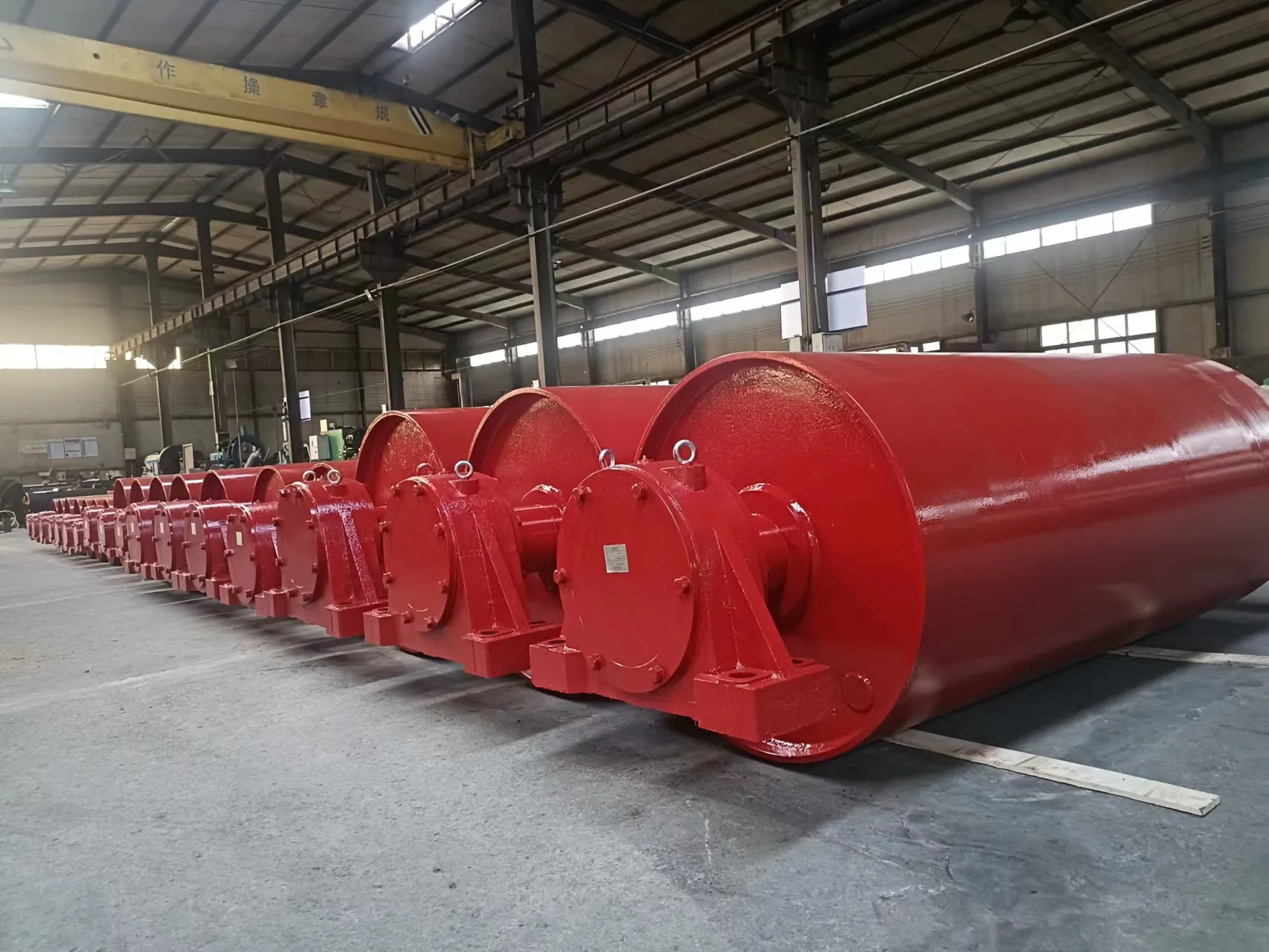 Afrikaans
Afrikaans  Albanian
Albanian  Amharic
Amharic  Arabic
Arabic  Armenian
Armenian  Azerbaijani
Azerbaijani  Basque
Basque  Belarusian
Belarusian  Bengali
Bengali  Bosnian
Bosnian  Bulgarian
Bulgarian  Catalan
Catalan  Cebuano
Cebuano  Corsican
Corsican  Croatian
Croatian  Czech
Czech  Danish
Danish  Dutch
Dutch  English
English  Esperanto
Esperanto  Estonian
Estonian  Finnish
Finnish  French
French  Frisian
Frisian  Galician
Galician  Georgian
Georgian  German
German  Greek
Greek  Gujarati
Gujarati  Haitian Creole
Haitian Creole  hausa
hausa  hawaiian
hawaiian  Hebrew
Hebrew  Hindi
Hindi  Miao
Miao  Hungarian
Hungarian  Icelandic
Icelandic  igbo
igbo  Indonesian
Indonesian  irish
irish  Italian
Italian  Japanese
Japanese  Javanese
Javanese  Kannada
Kannada  kazakh
kazakh  Khmer
Khmer  Rwandese
Rwandese  Korean
Korean  Kurdish
Kurdish  Kyrgyz
Kyrgyz  Lao
Lao  Latin
Latin  Latvian
Latvian  Lithuanian
Lithuanian  Luxembourgish
Luxembourgish  Macedonian
Macedonian  Malgashi
Malgashi  Malay
Malay  Malayalam
Malayalam  Maltese
Maltese  Maori
Maori  Marathi
Marathi  Mongolian
Mongolian  Myanmar
Myanmar  Nepali
Nepali  Norwegian
Norwegian  Norwegian
Norwegian  Occitan
Occitan  Pashto
Pashto  Persian
Persian  Polish
Polish  Portuguese
Portuguese  Punjabi
Punjabi  Romanian
Romanian  Russian
Russian  Samoan
Samoan  Scottish Gaelic
Scottish Gaelic  Serbian
Serbian  Sesotho
Sesotho  Shona
Shona  Sindhi
Sindhi  Sinhala
Sinhala  Slovak
Slovak  Slovenian
Slovenian  Somali
Somali  Spanish
Spanish  Sundanese
Sundanese  Swahili
Swahili  Swedish
Swedish  Tagalog
Tagalog  Tajik
Tajik  Tamil
Tamil  Tatar
Tatar  Telugu
Telugu  Thai
Thai  Turkish
Turkish  Turkmen
Turkmen  Ukrainian
Ukrainian  Urdu
Urdu  Uighur
Uighur  Uzbek
Uzbek  Vietnamese
Vietnamese  Welsh
Welsh  Bantu
Bantu  Yiddish
Yiddish  Yoruba
Yoruba  Zulu
Zulu idler conveyor roller
Understanding Idler Conveyor Rollers
Idler conveyor rollers are essential components in many industrial settings, playing a critical role in the efficiency and reliability of conveyor systems. These rollers support the conveyor belt and facilitate the smooth transportation of materials, making them vital in sectors such as mining, manufacturing, and logistics. In this article, we will explore the significance, types, and maintenance of idler conveyor rollers.
What are Idler Conveyor Rollers?
Idler conveyor rollers are non-powered rollers that guide and support the conveyor belt. Unlike drive rollers, which are powered by motors to move the belt, idler rollers rely on the weight of the materials being transported and gravity. They are strategically positioned throughout the conveyor system to provide necessary support, reducing wear and tear on the belt while ensuring smooth operation.
Importance of Idler Rollers
The significance of idler conveyor rollers cannot be overstated. They not only support the weight of the conveyor belt and its load but also help maintain proper alignment. Misalignment can lead to significant issues, including belt damage, increased wear, and costly downtime. By ensuring that the belt remains properly aligned and supported, idler rollers contribute to a more efficient and effective conveyor system.
Moreover, idler rollers play a vital role in minimizing friction. High-quality rollers with low-friction bearings can significantly reduce energy consumption, making conveyor systems more economically viable. This efficiency is increasingly important in today’s energy-conscious industrial environment, where every bit of savings counts.
Types of Idler Rollers
Idler conveyor rollers come in various types, designed for different applications and environments. The most common types include
idler conveyor roller

2. Return Idlers These are positioned on the underside of the conveyor belt, supporting it as it returns to the loading point. They help balance the system and prevent sagging.
3. Impact Idlers Placed in areas where heavy materials are loaded onto the belt, impact idlers absorb shock and protect the belt from damage.
4. Training Idlers These rollers are used to correct the alignment of the conveyor belt, ensuring it runs straight and reducing the risk of spillage.
5. Specialized Rollers Designed for specific environments, these may include corrosion-resistant materials for harsh conditions or rollers that can withstand extreme temperatures.
Maintenance of Idler Rollers
Regular maintenance of idler conveyor rollers is crucial to ensure the longevity and efficiency of the conveyor system. This includes checking for signs of wear, such as uneven wear patterns or unusual noises. Lubricating bearings regularly can prevent friction-related issues and extend the life of the rollers.
Additionally, it is essential to inspect the alignment of the rollers to avoid misalignment problems that can lead to costly downtime. Regularly cleaning the rollers to remove dust and debris can also help maintain optimal performance.
Conclusion
In summary, idler conveyor rollers are a fundamental component of any conveyor system, contributing to its efficiency, durability, and overall performance. Understanding their types and maintenance needs is essential for businesses that rely on conveyor systems for their operations. By investing in high-quality rollers and implementing a robust maintenance routine, companies can ensure seamless operations and reduce long-term costs.
-
Revolutionizing Conveyor Reliability with Advanced Rubber Lagging PulleysNewsJul.22,2025
-
Powering Precision and Durability with Expert Manufacturers of Conveyor ComponentsNewsJul.22,2025
-
Optimizing Conveyor Systems with Advanced Conveyor AccessoriesNewsJul.22,2025
-
Maximize Conveyor Efficiency with Quality Conveyor Idler PulleysNewsJul.22,2025
-
Future-Proof Your Conveyor System with High-Performance Polyurethane RollerNewsJul.22,2025
-
Driving Efficiency Forward with Quality Idlers and RollersNewsJul.22,2025





























